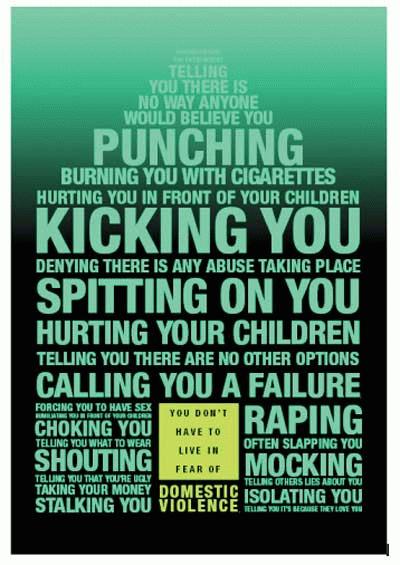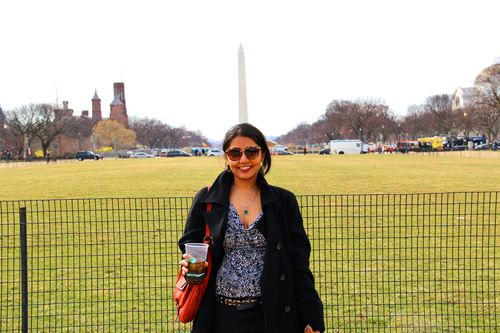As a country, we have always tried to stand for gender equality and against domestic violence. This article by BBC covers domestic violence in India, and why in fact it has become our Achilles heel. In India, there has been an increase in reporting of such cases- however, it isn’t that the cases of domestic abuse have increased; it is simply the reporting which has increased. The fear of reporting and facing the perpetrator is what is reducing; the fear of victimization is reducing. People have begun talking about it, it is being discussed and covered all over different media groups, documentaries and so on. The popular Indian actor, Aamir Khan also took up the pertinent issue of domestic violence through his TV series, Satyamev Jayate– where he interviewed survivors and raised the questions of “How much is too much?”


In the same episode, men were interviewed at random on the street about their views on domestic violence and by and large, the views that domestic violence is “justified,” were maintained. However, to completely break down domestic violence- we need to understand it first. Almost all the men in India (and in large parts of the world) are brought up with the notion that men don’t indulge in feelings, or “men don’t cry.” In fact, there have been various ad films made on the same to disrupt the notion of the social constructs of what constitutes “manliness.” Only when such social constructs are broken, will the idea that a man who engages in domestic violence is a “real man,” also disseminate. This short film by vogue empower also deals with the same issues of how “boys don’t cry,” ends up leading to domestic violence (in a lot of cases; due to suppressed emotions).
I was happy to discover the work CSR does to address such ideas about masculinity leading to increased domestic violence. Their documentary, “Second Wind,” successfully conveys an important message to society – domestic violence is a reality. The documentary focuses on what it entails to go through domestic violence and how long the journey ahead to tackle it really is. CSR also helps to rehabilitate these women’s lives and rehabilitate them into society. They provide them with counselors who help them with the legal process of separation and sometimes even counsel them about the societal pressures of separation because of domestic violence.
Thus, the road to an India free of domestic violence, is a long one – but if these initiatives are anything to go by, we are definitely on the right track.
About the Author
Upasana Sharma is a sophomore at Mount Holyoke College in the United States. She is currently pursuing Politics and International Relations. She loves reading, writing and having her favorite cutting chai.






